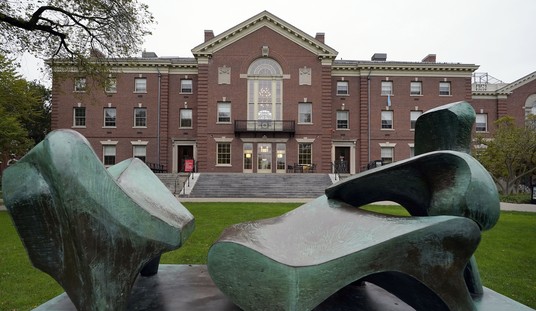The Wall Street Journal’s analysis of third-quarter data, reported on Sunday, shows an increase in the number of TARP recipients on the edge of failure. The number of banks in serious trouble has increased to 98, mainly smaller banks that got rescued two years ago through TARP relief. Treasury insists that TARP continues to perform well, even with the eroding financial position of its recipients:
Nearly 100 U.S. banks that got bailout funds from the federal government show signs they are in jeopardy of failing.
The total, based on an analysis of third-quarter financial results by The Wall Street Journal, is up from 86 in the second quarter, reflecting eroding capital levels, a pileup of bad loans and warnings from regulators. The 98 banks in shaky condition got more than $4.2 billion in infusions from the Treasury Department under the Troubled Asset Relief Program. …
The troubled banks identified by the Journal all have either a Tier 1 capital ratio under the “well-capitalized” 6% level; both a total risk-based capital ratio of under the “well-capitalized” 10% threshold and nonperforming loans of over 10% of their portfolio; or a regulatory order requiring the bank to monitor or boost its capital.
A Federal Deposit Insurance Corp. spokesman declined to comment on the Journal’s analysis, which also calculated that 814 of the nation’s 7,760 banks and savings institutions are troubled according to these standards, up from 729 at the end of the second quarter. The FDIC’s official list of problem banks, which uses different criteria from the Journal’s analysis, includes 860 financial institutions. The banks aren’t publicly identified.
A failure of these banks would cost more than the $4.2 billion that stands to be lost if they close their doors. However, to put the stakes in perspective, the top eight banks got $125 billion in TARP funds, as well as other emergency funds through the Federal Reserve during the crisis. The failures would weaken the overall system and cost taxpayers, but wouldn’t threaten a collapse.
The big problem facing these banks now is the lack of stable valuation in commercial property. These banks did a lot of lending for smaller retail markets like strip malls, many of which face serious trouble in filling space with the economy in the doldrums. Until the valuation of that property stabilizes (and today’s report from S7P/Case-Schiller won’t help) and leasing space begins a comeback, many of these banks will have difficulty raising more capital to offset the potential losses. Economists have warned of a potential banking crisis based on commercial property loans and securities for some time, and we may slowly find ourselves submerging into one at the moment.








Join the conversation as a VIP Member